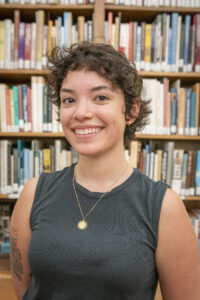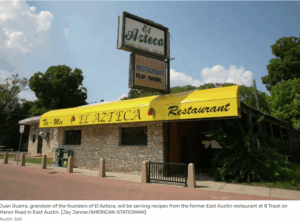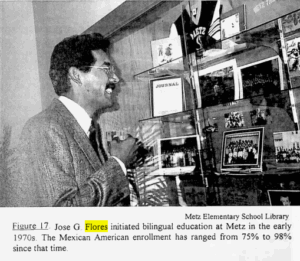
Having experience in both the Divisions of Architecture and Community Heritage Development at the Texas Historical Commission, I’ve come to better understand the important advocational and financial role these institutions have at the local level. Throughout the past several weeks I have monitored two state funded initiatives—the Texas Preservation Trust Fund (TPTF) and the Certified Local Government grant (CLG) Grant Programs—with the goal of examining past data trajectories to discern recurring patterns of influence and impact. In the course of my research, it became very apparent to me how instrumental these grants have been, especially in historically marginalized areas. These programs often provide communities with the educational tools needed to preserve their historic sites and culture–this is a topic of personal significance for me.
 Growing up in a rapidly changing urban environment, I’ve recognized the importance of preserving the unique architectural and cultural heritage embodied in historic sites–specifically, in East Austin. El Azteca, for example, had been a staple of Tex-Mex cuisine since 1963, even hosting the famed Anthony Bourdain in his No Reservations series. In an interesting example of history being personal, this local landmark had been the chosen venue for a major event in my grandfather’s life. My grandfather was the first Mexican American principal of Metz Elementary in East Austin. In 1975, upon finding that some critical education resources that he and three other AISD principals of adjacent Hispanic majority schools had requested from the federal government were being maliciously redirected to other schools, he and his colleagues orchestrated, physically, the retrieval of these resources and brought them back to their schools. This story is heavily cherished in my family and is a reminder about the importance of community. Unfortunately, the restaurant closed its doors in 2016 due to a convergence of
Growing up in a rapidly changing urban environment, I’ve recognized the importance of preserving the unique architectural and cultural heritage embodied in historic sites–specifically, in East Austin. El Azteca, for example, had been a staple of Tex-Mex cuisine since 1963, even hosting the famed Anthony Bourdain in his No Reservations series. In an interesting example of history being personal, this local landmark had been the chosen venue for a major event in my grandfather’s life. My grandfather was the first Mexican American principal of Metz Elementary in East Austin. In 1975, upon finding that some critical education resources that he and three other AISD principals of adjacent Hispanic majority schools had requested from the federal government were being maliciously redirected to other schools, he and his colleagues orchestrated, physically, the retrieval of these resources and brought them back to their schools. This story is heavily cherished in my family and is a reminder about the importance of community. Unfortunately, the restaurant closed its doors in 2016 due to a convergence of redevelopment issues–rendering the site unaffordable for the business. This building’s closure isn’t an isolated case, much of the local landscape of family-owned stores and restaurants in this area of Austin has undergone a significant transformation, and with it has transformed the fundamental character of these neighborhoods.
redevelopment issues–rendering the site unaffordable for the business. This building’s closure isn’t an isolated case, much of the local landscape of family-owned stores and restaurants in this area of Austin has undergone a significant transformation, and with it has transformed the fundamental character of these neighborhoods.
With the help of the State’s grant programs, there can be greater protections in place to preserve and foster these irreplaceable landmarks. Between 2015 and 2024, two CLG grants were awarded to support settlement surveys in Travis County, the former with the intention of identifying African American and Mexican American historic sites, and the latter to identify African American freedom colonies.
The initial grant, which funded the survey of African American and Mexican American heritage sites, provided a catalyst for further research on that topic, recommending historical marker placements in areas such as Roger’s Hill Cemetery, the Montopolis School, and the Goodwill Baptist Church to name a few. Additionally, the survey recognized the need to engage a wider audience with this information, in the form of lesson plans, exhibits, etc. Taking that into account, the subsequent survey—focused on identifying African American Freedom Colonies— has adopted a more holistic approach by incorporating community involvement. This was done by identifying candidates for oral interviews, collaborating with a consultant on primary source research, as well as facilitating oral history workshops for interested participants.
While this work is still ongoing, these THC-funded initiatives have created the necessary conditions for a more widespread understanding of Travis County’s history and preservation efforts, building and fostering the skills necessary to protect the built environment and actively integrating these special stories into the fabric of the future. Ultimately, I am grateful for the opportunity to learn more about these initiatives and be involved with the Commission’s mission to preserve the state’s historic sites through education and research.